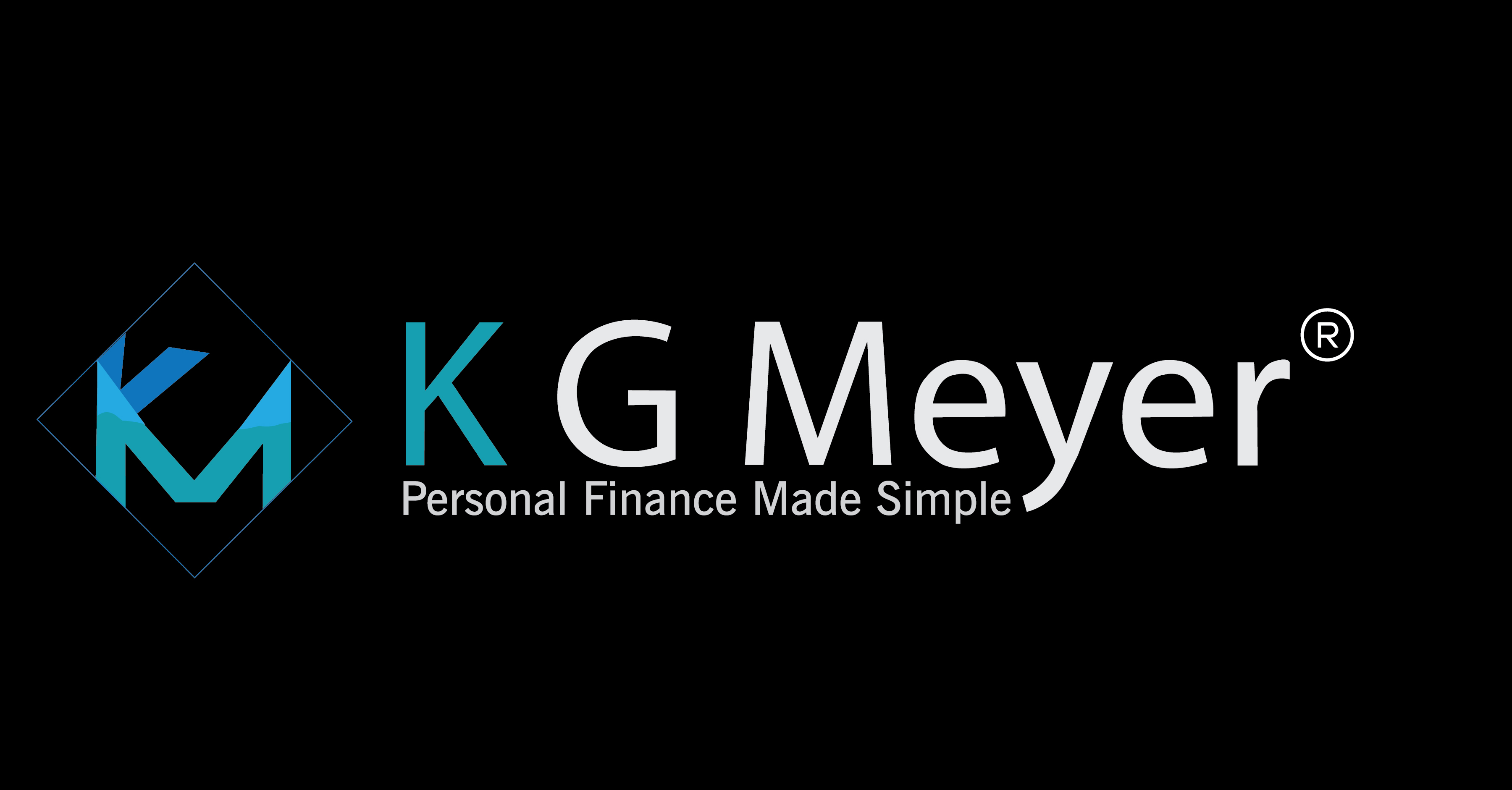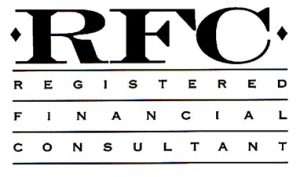Does using Exchange Traded Funds (ETF) make sense for your retirement account? Is free always the best route to go when using ETF’s? Who should you buy your ETF’s from and how? These are some of the questions that face the majority of people who want to purchase an ETF for either a retirement account or in a simple brokerage account. If you have questions always seek the assistance of a fee-only fiduciary financial planner.
Recently Charles Schwab doubled the number of ETF’s that someone could purchase on their platform for free to match their closest competitor Fidelity Investments. Both of these companies have made extensive use of free ETF trading on their online platforms to better compete with Vanguard who offered this service over a year ago to its customers. As a result of these actions, investors can invest in thousands of ETF’s through these platforms for free. But that leads one to ask, is free always free? That is a question we will examine a bit later.
So why does it matter that these three companies offer free ETF trades? The answer to that is fairly straight forward in that ETF’s account for over $3 trillion in assets. And unlike mutual funds that trade after the markets close ETF’s trade throughout the day as a stock would. But unlike many mutual funds most ETF’s track an established index which assists in keeping their costs a bit lower than similar mutual funds. But unlike many mutual funds, there is no minimum purchase such as Vanguard’s $2,500 investment for select funds. Investing in an ETF can be done for the price of a single share.
Today in the highly competitive market of online brokerage firms, they must fight for your business as one tries to underprice its competitors regularly. It is not only Vanguard, Charles Schwab and Fidelity that are offering free trades on thousands of ETF’s but also E*Trade and TD Ameritrade as well. And then there are online platforms such as Firstrade that has trades for a low $2.95 and others are in the $4.95 to $6.95 range per trade.
But low cost or free is not always what it appears to be when you take a closer look at some of these platforms. After all, these firms do not exist as non-profits but are in the business of making money from their customers. In many instances, they entice you into trading some of their free ETF’s to have you later purchase other ETF’s that are not on their free list, other equities or premium services such as research and professional advice from financial planners.
And then there is the fact that ETF’s have had historical lower prices than most mutual funds that are charged as annual fees. But not all ETF’s are of the low-cost variety as more and more ETF families are offering smart beta, active or multifactor funds to compete with actively managed mutual funds and to offer investors a wider range of products to select from. And as I have written on numerous occasions, even a small difference in fees can mean the loss of hundreds or thousands in lost revenue over the decades. Some examples of the types of fees charged are Schwab’s US Broad Market ETF at 0.03% meaning it is extremely inexpensive to own and its returns will follow an established index similar to the S&P 500 or the total market. Compare that to Schwab’s more active fund the Global X S&P 500 Covered Call ETF with a much more expensive 0.65% fee. That means by investing in the Global X; it will cost you over 0.6% more a year to own meaning it will also have to have returned over the Broad Market ETF of 0.6% to earn the same or better return.
And then there are the tax advantages of ETF’s over mutual funds. Most ETF’s are extremely tax friendly with minimal capital gains taxes as most indexed funds do not change the composition of the index often thereby limiting the taxable events of capital gains. However, taxable events may be more likely in the more actively managed funds, the smart beta, or multifactor funds. In these funds, there may be occasions for more taxable events as they are not bound to track an index.
Exchange Traded Funds are excellent tools to use in retirement accounts or traditional brokerage accounts. But as with all investing, you must be mindful of trading fees and the annual management fees charged by the ETF. If you still have questions, feel free to contact me directly or leave a comment here. And as always seek the advice of a fee-only fiduciary financial planner for more personalized assistance.
To join our email newsletter please fill out the form below.



